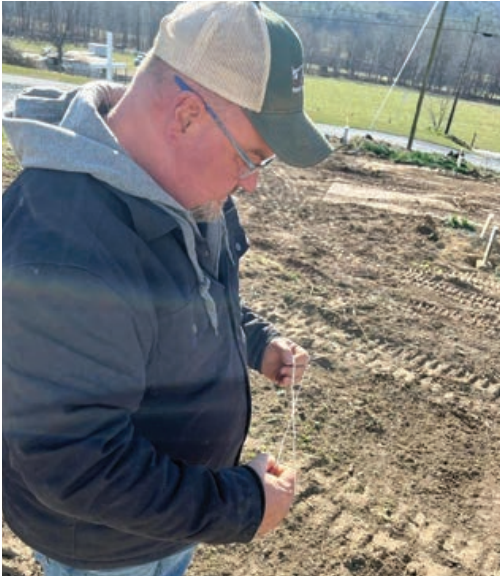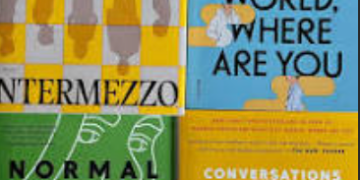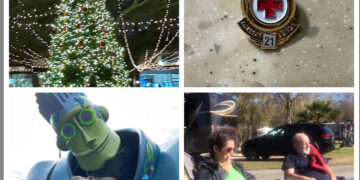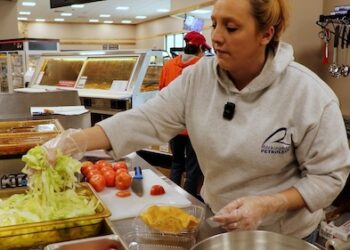Fulks Run resident, Myron Reedy, is a man on a mission. When he is not working his farm, Myron is working to restore a generations old family cemetery on his property, along Hopkins Gap Road.
Growing up, Myron always knew of a few graves on the property and some of the history of his family, since his farm has been owned for centuries by family members who preceded him. Myron’s line comes down from George Shoemaker, who died in 1796, and was a contributor to the Sons of the Revolution. The first four generations of his grandfathers are buried here. Any wooden cross markers from that far back are long gone. There are tombstones from 1885, and the last burial was 1909. “It baffles me,” Myron exclaimed, “that no one has a record of this!” When his father passed, Myron took full ownership of the farm, and was able to pursue the task of finding out who was buried on the property. Reedy is very thankful for those who went before him, because without them and their hard work, losses, and successes, he would not be where he is today. For that reason, he feels he owes it to those now gone, to keep their memory alive. With the help of friends and family, old records, and modern methods, Myron has discovered at least 410 mostly unmarked graves. Ron Turner, of Fulks Run Grocery, brought his drone to see if an aerial view would help locate any depressions in the earth, possibly indicating gravesites. Gary and Stacy Custer came with heavy equipment to carefully clear the land.
Reedy researched how to use dowsing/ divining rods for locating graves. After watching many videos, he decided to give it a try. It was successful. It’s not witchcraft or voodoo, there is a science behind it. Myron gave a demonstration and explained what the movements of the rods meant. Through this method, he was able to locate bodies, and also determine if they were male or female. Early graves were sometimes only marked with a rock – a large one for the head of the grave, and a smaller one for the foot. The distance between the rocks, along with the use of his divining rods, helped him determine whether the grave held an adult or a child.
“I’ve counted 410 graves, that I’ve done with the dowsing rods. When Stacy Custer was here cleaning the trees and roots out of here, I motioned for him to stop because I was sure there was a headstone there. There was the base of a headstone right there- I was right on the money. It was the grave of a young boy who wasn’t but a year old. I want to get GPR here, Ground Penetrating Radar, but that’s about $2,000 a day! That’s the only true way I’m going to know what’s what. This has been in my family since 1760, for sure. And, local genealogist/historian Pat Turner Ritchie feels it might go back further than that. I feel bad clearing the rocks, since some graves were just marked with river rock, some 16-18 inches down, but clearing the land will make it easier to mow and keep it up. When I’m not here, I want it taken care of – I don’t want it forgotten again.” In days gone by, families were usually large, and were a huge help working on the farms. Back then, children often died at birth, or very young, whether it was from illness or accident. And, sadly, Myron discovered many child graves.
There are also graves that are under the road entering his farm. The road built by his grandfather has been there long before anyone was aware there might be something or someone buried underneath. Since that is the only entry to his farming operation, it is not feasible to remove the road or buildings that are over some of the other graves.

There are Custers buried on his land. Research shows the Custers came from the Cooks Creek area. There are also Millers buried there. Some are soldiers from several different wars that occurred since the mid 1700s. Located at the front of his farm, along the road, Myron hopes his work will live on for years after he is gone. “I want it to be known, when I am not here anymore, that this is the Shoemaker Cemetery.” He has put little flags down, marking the graves that have already been discovered, pink for female and blue for male – according to the motion of the divining rods. “There is no magic to it, it works on magnetic fields, and when the ground has been disturbed. The copper rods will cross, when there is a grave below.
When I go off the grave, the rods will part. From what I’ve studied and researched, these are Christian burials, the female was considered the head of the family, and she would be buried facing west. It took my daughter, my best friend, and me, almost a month to grid the site. Ron Turner came over with his drone to get an aerial view.” The Sons of the Revolution will be putting a marker there for George. Plans also include installing a monument listing the names of those buried there- at least the ones Myron can discover, repairing and restoring the small gravestones already there, and putting a single link chain fence surrounding the site. In addition to the daffodils already blooming there, Reedy is discussing with Chad and Josh of Blue Ribbon Nursery in Broadway, what colorful and easy maintenance plants to put along the back of the cemetery on the hill. Since inheriting the property from his father, locating the graves, restoring the site, and finding as many names as possible, has become a labor of love, and his mission in life. Myron will welcome any family history information that anyone might have, that will help in his search to identify the people buried on the property

































